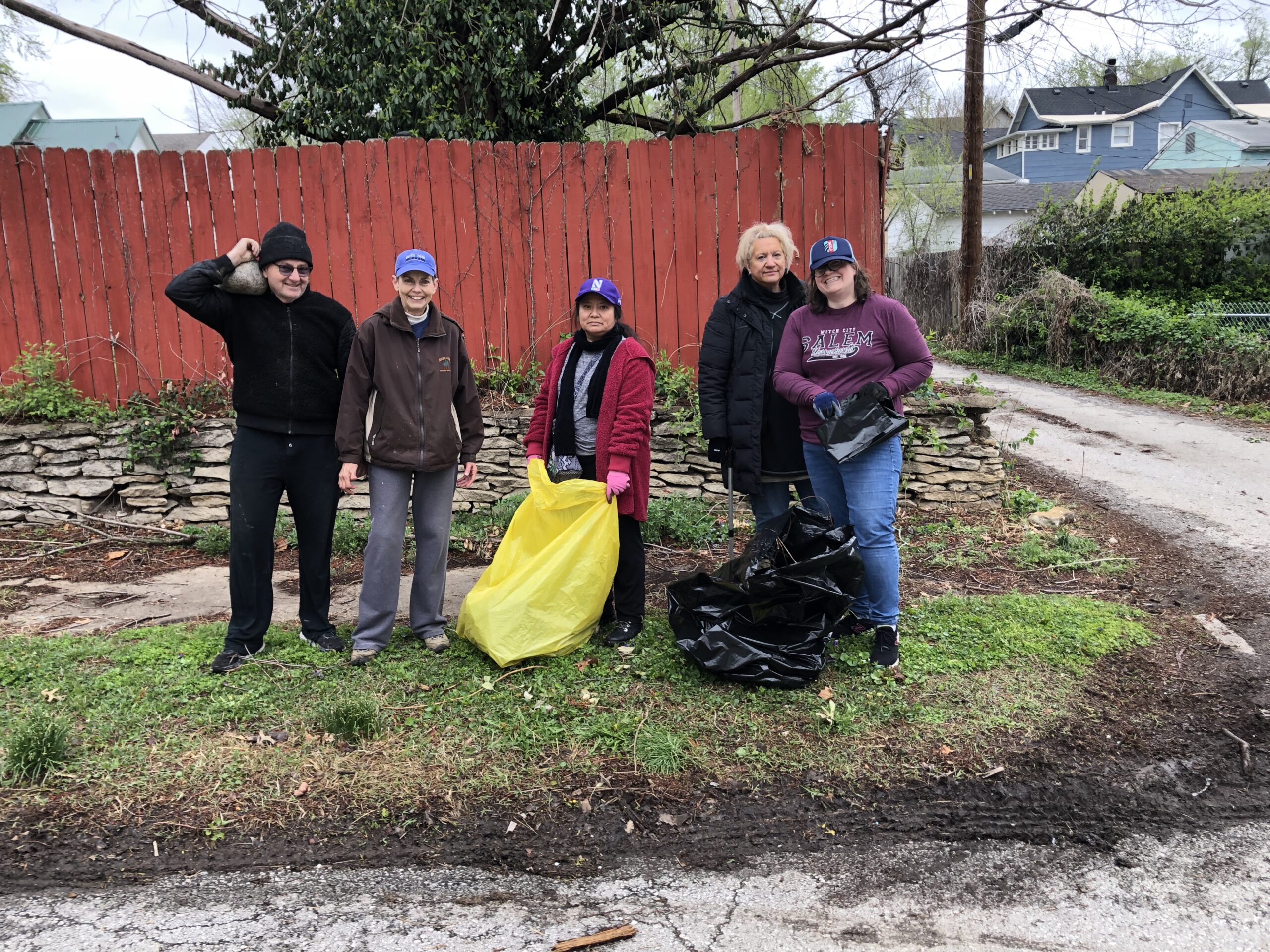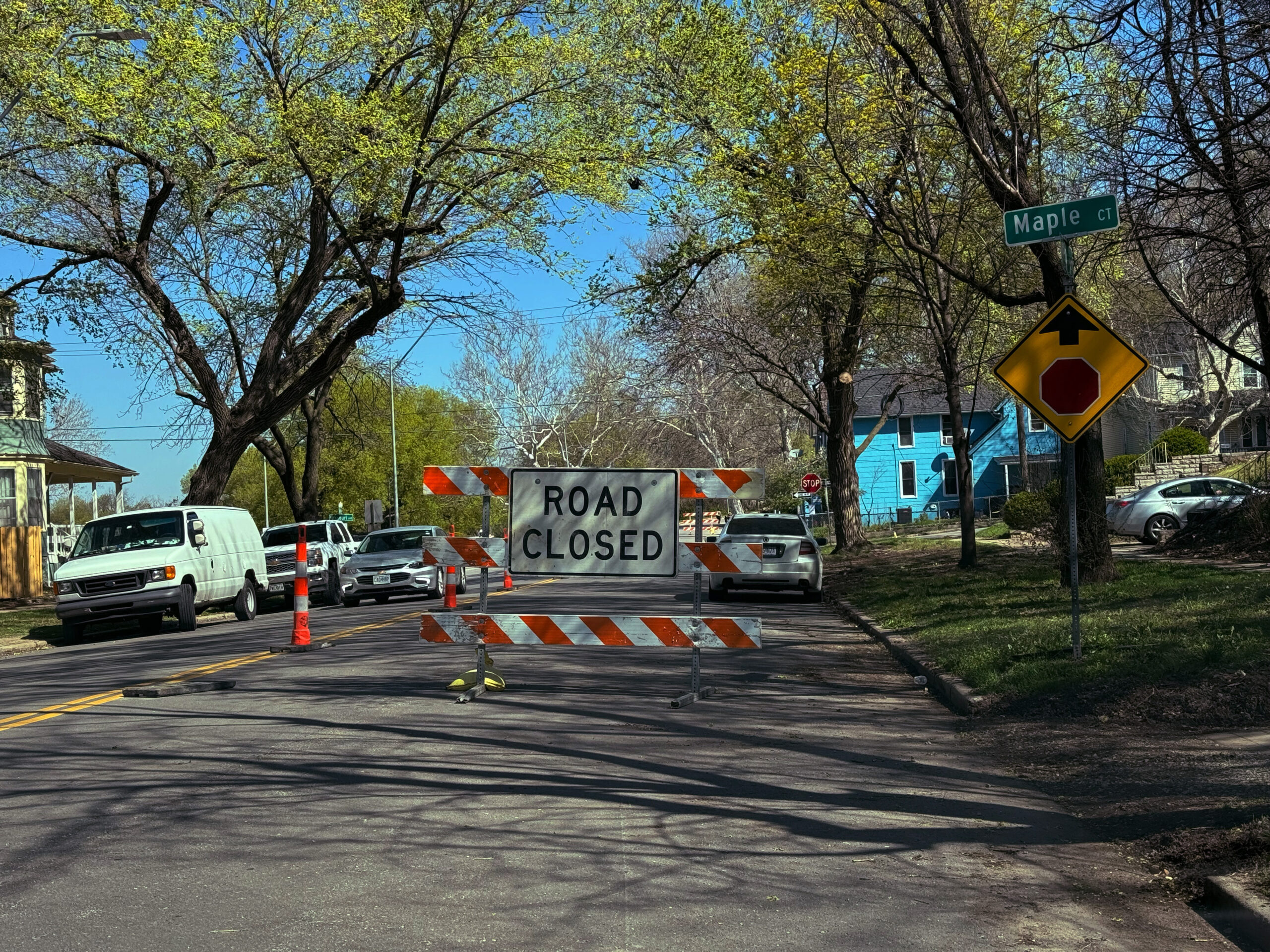
After a 30-year history of successful youth outreach, the Kansas City Police Department (KCPD), for whatever reason, is killing the D.A.R.E. program effective on April 30.
Interestingly, it’s not a budget issue as the program costs the department next to nothing given it’s largely funded through COMBAT grant funds. Grant funds for fiscal 2025-26 were already allocated for the program but apparently those funds will be returned to COMBAT for re-allocation to other programs.
The D.A.R.E. program, as stated on the KCPD website: “is a substance use prevention education program designed to equip students with skills for resisting peer pressure, violence and experimenting with tobacco, drugs, and alcohol.
This program has uniformed law enforcement officers, three in total, teaching a formal curriculum to students in a classroom setting about the dangers of vaping and fentanyl. Project D.A.R.E. gives special attention to fifth graders to prepare students for entry into junior high, where they are most likely to encounter pressures to use drugs and begin violent behavior.”
So why would the department want to cut a program that has positively impacted over 60,000 area youth? Quick question for those within its Human Resources Department: How many of those kids have gone on to seek a career in Law Enforcement? Given the Officer profiles we see on the department’s social media pages of young officers who signed-on to help make a difference in their communities, I would say more than a few.
It would certainly seem to me, with the huge push by KCPD and its community partners, that this program would be key in reducing violence among area youth. One look at homicide stats, and it’s not hard to see, that as of Friday, April 4, roughly 33% of 2025 homicide victims are under 24 years of age and 20% of the suspects were under 24 years of age. East Patrol, one of Kansas City’s largest and most active patrol zones, was home to roughly 30% of 2025’s homicides to date.
This being the case, and with the 2025 homicide count currently running 20% higher than this time last year, why is the department cutting a program that in calendar 2024, with a scant three officers assigned to the D.A.R.E. Unit, reached close to 4,000 students under the age of 14 in 35 Jackson County schools spanning five school districts? Most of these schools are in some of Kansas City’s toughest neighborhoods in terms of youth violence: Guadalupe Centers Charter, Banneker, James and JA Rogers elementary schools.
This certainly seems counterproductive to me, especially given the Mayor and other high-level government types put a priority on reaching area youth as part of a multi-faceted, violence reduction strategy.
But this isn’t the first time KCPD has cut programs that were valuable community policing tools. In the early 2000s, CAN Officers were cut from two CAN (Community Action Network) centers in the City’s urban core. In 2019, the department disbanded the Mounted Patrol unit — a community-policing tool that broke down barriers in communities and led to a number of higher profile cases being solved just by people sharing intelligence with officers in a non-threatening environment.
Both of those closures took proactive officers out of the community and put them behind the window-glass of a patrol car, answering calls for service, with almost zero opportunity for self-initiated policing that’s key to the Community Policing-Crime Reduction model.
Here’s the bottom line: with a homicide count, which continues to spiral upward (we’re already six over 2024 numbers to date), any program that costs the department almost nothing to operate and aims to reduce violence in young people should be expanded to reach more students instead of shuttered.
If Kansas City is serious about reducing the violent crime and homicide rate, then cutting programs that positively impact the city’s youngest and often most vulnerable population is not only a shot in the foot, but it’s counter-intuitive and counter-productive.
The negative results will be born out very soon within Kansas City.
Michael Bushnell, Scarritt Renaissance neighborhood
















